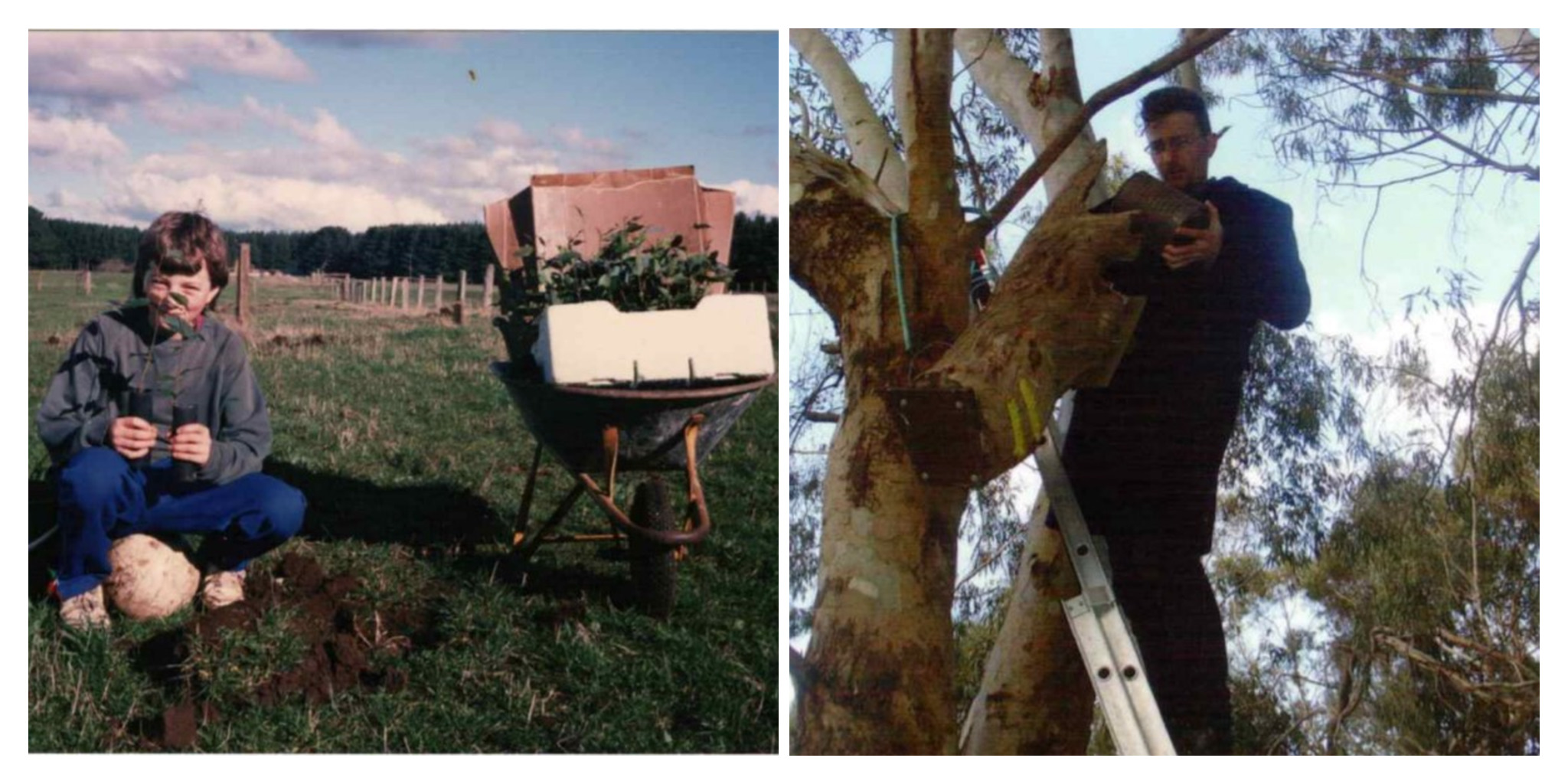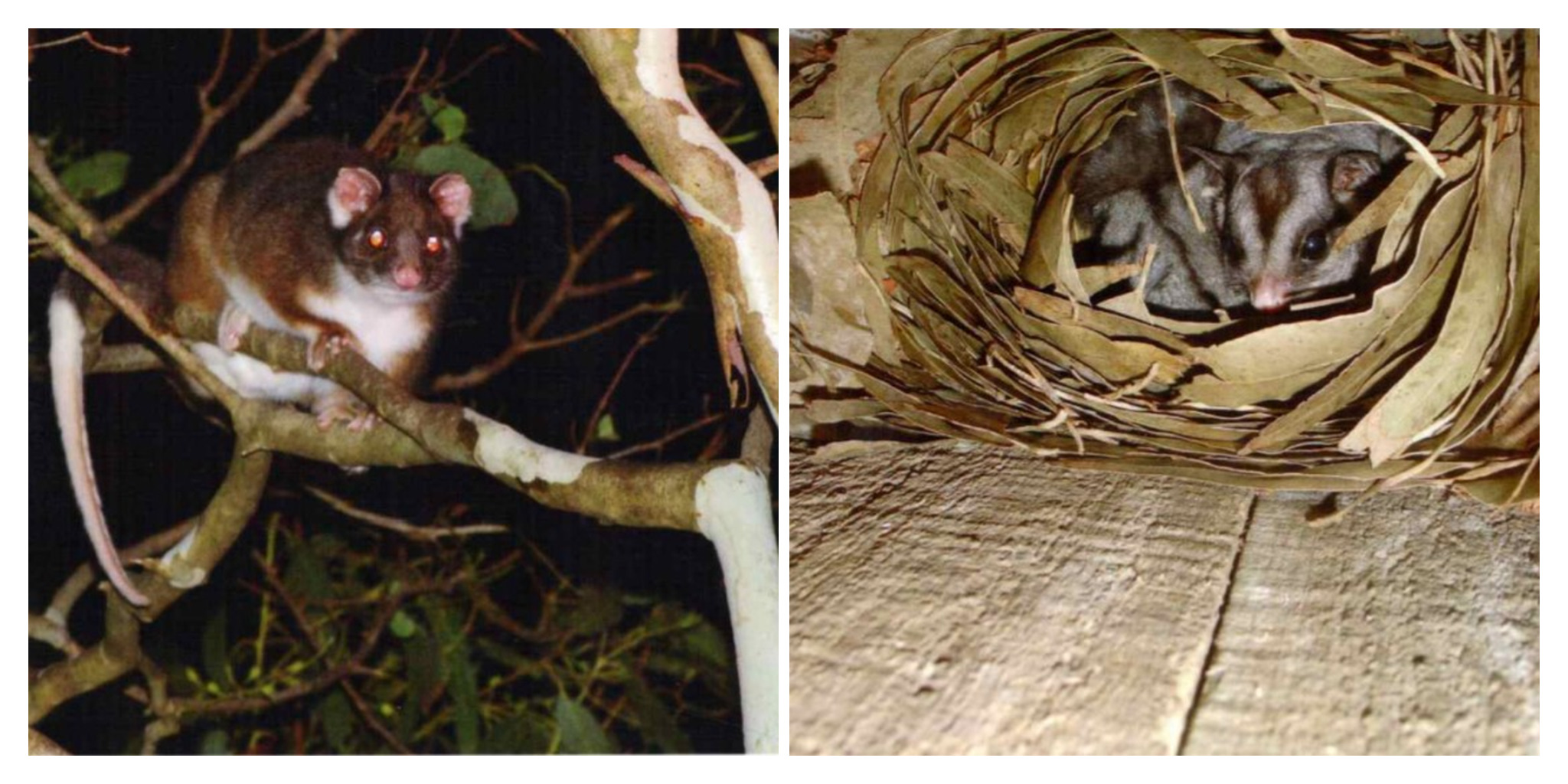Turning trees into habitat – a great story on National Tree Day
This year National Tree Day is being held on Sunday August 2nd. This day is Australia’s biggest community tree planting event and does a lot for understanding the value of trees and caring for nature – since 1996 this program has supported Australian communities to plant over 26 million trees. Unfortunately the public events planned for National Tree Day were postponed for this year due to the current COVID pandemic. However, people are encouraged to get involved in different ways, whether it be planting on your own property, support local groups undertaking revegetation projects (such as ‘Friends Of’ or ‘Landcare’), learn and share some amazing conservation stories, make a donation to the cause, or #HugaTreeforNTD – just to name a few!
A great quote on the National Tree Day website says …
‘The best time to plant a tree was 20 years ago, the second best time is now’ (Chinese proverb).
When we think about trees for future generations it really is a race against time. For every mature tree that is lost, there is much time to make up for in terms of replacing key habitat functions – such as large old tree hollows, provision of fallen timber, the creation of canopy, and many other discrete attributes such as carbon sequestration and soil development. For every tree we plant right now, we can make an investment for a tree in succession that grows to different functional roles … and hopefully to reach long maturity.
The story below generously shared by long time NGT volunteer Sue Black about her property “Ellerslie” is a nice reflection of the Chinese proverb, and the importance of foresight – creating something to grow into something much more in the future. Please take the time to read!
‘Ellerslie’
We started in 1988, on a 30 ha property at Glencoe. Pasture, one willow tree and two pines. Our goal was to grow shelterbelts of trees to provide weather protection for 23 Murray Grey cows, calving in early autumn.
Four 11 – metre wide corridors were fenced, sprayed with herbicide then planted with a selection of native trees and shrubs.
Encouraged by good results we continued our shelterbelts along roadside and boundary fences and across corners of paddocks. In five years our plantings were providing some shelter, in 10 years cattle grazed in comfort and on really hot days very young calves slipped under the fences to rest on the cool ground in the shade.

(Left) Sue’s son Peter planting one of the seedlings for their new shelterbelt in 1990. (Right) Peter at the same tree in 2010 – checking one of the nest boxes installed.
Our goal now moved to provide habitat for wildlife with the shelterbelts.
Fallen branches were piled up to provide sanctuary for reptiles and invertebrates. Swamp Rats excavated extensive runs, then discovered the vegetable garden. Nest boxes were installed and readily adopted by Brushtail and Ringtail Possums. Our greatest excitement was the arrival of Sugar Gliders. First there were single animals, then families emerging from nest boxes at dusk. In 2018, a mob of Flying Foxes visited for some weeks as several Eucalyptus species flowered.
With us providing a structure, the wildlife fulfilled our second goal.
One day our elder son rang, “I can see your trees on Google Earth, Mum”.
– By Sue Black .


